-

UpClose: Richard McCready
Mike Lawson | April 4, 2013A Glimpse into the Future of Music Education
As technology shifts the world around us, long-accepted paradigms about how we communicate, learn, and teach are rapidly evolving. Richard McCready of Clarksville, Maryland’s River Hill High School, recognizes this seismic shift in the educational landscape, and has been at the forefront of implementing a new reality. Recently named the Technology Institute for Music Education (TI:ME) 2013 “Teacher of the Year,” McCready uses technology to inspire and engage students in music making and composition using an assessable, task-based methodology.
“What we have in our whole assessment model and our whole curriculum model throughout schools is one based on mathematics: it follows a sequential order,” says McCready. “That certainly is an okay approach. However, kids today are learning in a totally different way.” McCready is referring to a new style of learning that he describes as being more like a spider web than a straight line. He continues, “The whole approach through creativity allows us to go into learning skills in a way that is not so linear. We don’t say, ‘We need to learn this skill and then we’ll go to the next one.’ What we do is we gradually impart skills as the students need them.”
Read More...
Warning: Undefined variable $additional_loop in /home/sbomagazine/public_html/site/wp-content/themes/timeless2021/archive.php on line 103
Warning: Attempt to read property "max_num_pages" on null in /home/sbomagazine/public_html/site/wp-content/themes/timeless2021/archive.php on line 103








